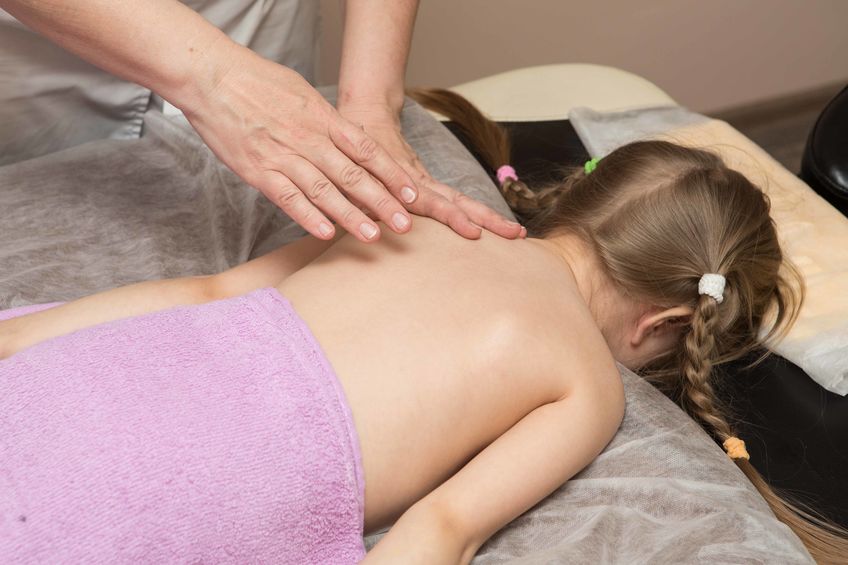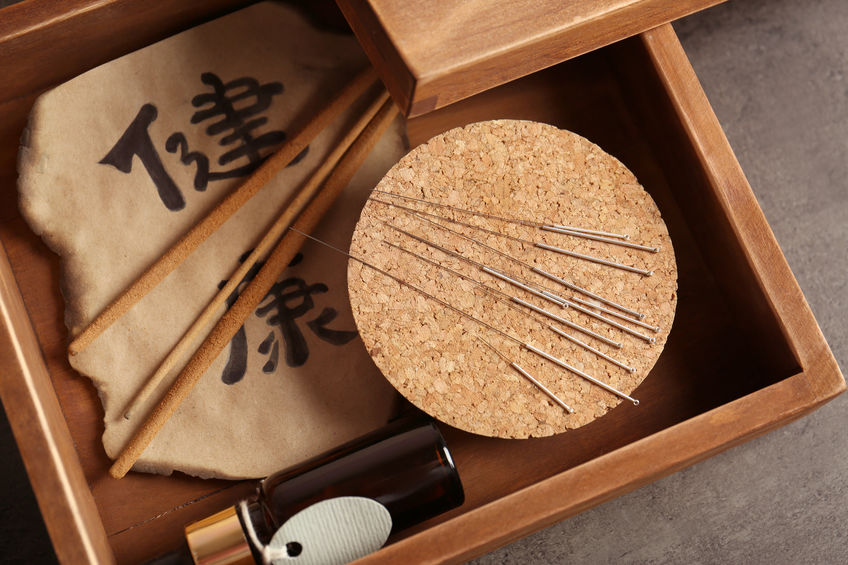Hannah is a fourteen-year-old girl who is more active in sports than most girls her age. She takes part in a variety of sports, but her favorite sport is lacrosse. The combination of multiple sports, like football, ice hockey, and basketball is what drew Hannah to it. But, what she appreciates most are the friends she plays with. Running, jumping, skipping, and passing are just a handful of adjectives that describe lacrosse.
In the early spring, just before coronacation, Hannah had experienced mild back pain, with which her mother treated with Motrin. However, the pain did not go away and made it hard for Hannah to fall asleep, especially when trying to get into a good sleeping position. Her mother explained to her the next day that she might be up for a visit from Aunt Flow.
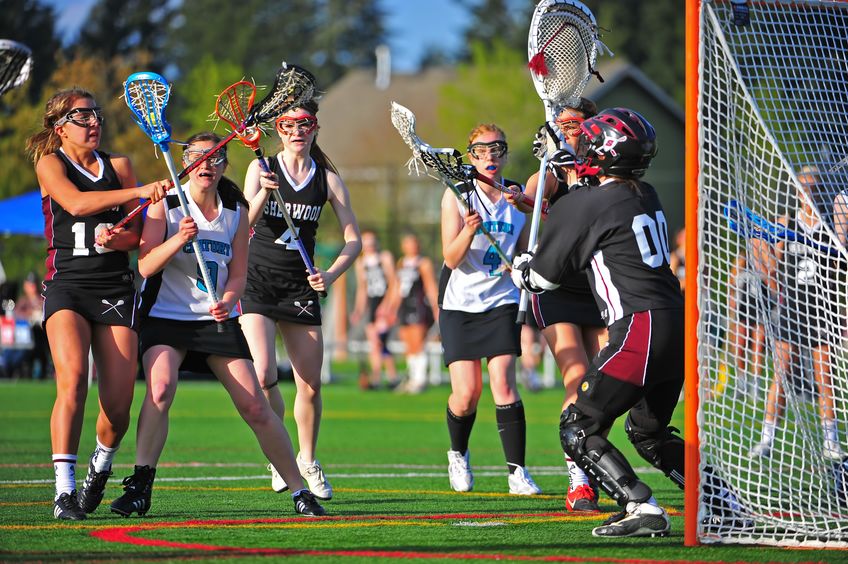
After a few days of nothing helping, Hannah was scheduled to visit her family pediatrician. Hannah’s doctor took a good look at her back and tried pinpointing the specific spot of pain. As he was doing that, the doctor noticed that she had a slight abnormal sideways curve, just at the center of the spine. Hannah’s pediatrician explained that she had a quite common condition referred to as scoliosis of the spine. After a lengthy discussion about how to help her manage the pain coming from scoliosis, the appointment was finished. As they left the exam room, the doctor requested for her to be seen in six months to see if the scoliosis got better or worse.
During the car ride back to her home in Passaic, NJ, Hannah’s mother told her about how scoliosis was in fact quite common in the family. Though her mom did not have it, two out of four aunts did, along with her maternal grandmother. When Hannah heard that she was not suffering alone, it helped her cope emotionally with the news of the most recent diagnosis. What she was most concerned with was how she would perform in her very first lacrosse game after coronacation. Would her scoliosis flare up and cause her to have to sit out something which was so dear to her?
As Hannah would develop, her scoliosis would become more pronounced. Worst of all, was the fact that her tops had begun to fit differently. It was not due to an increase in body weight, but because of the increase in the degree of the curvature of the spine that made her shoulders uneven. After a few teleconference calls with the doctor, she was recommended to go to a local scoliosis specialist where she was suited with a WCR brace. Hannah is currently being monitored by a scoliosis specialist and receives schroth therapy at least once a week. The doctors are confident that these therapies will stop the progression and improve her spinal curvature.
What should a parent do when they hear that their child has scoliosis?
The first thing parents want to do is find a doctor who specializes in scoliosis fast. When you are dealing with idiopathic scoliosis, progression can already have happened, and you want to begin treating it as soon as possible. As in Hannah’s story, you might hear from the pediatrician to come back in six months. The problem with that is that progression of the curvature of the spine might have already occurred or is in the process of just starting to happen. Waiting six months will only make things worse. As a parent, all you need to do is get a referral from your primary physician and schedule an appointment at a local scoliosis specialist. There, they may suggest therapy or some scoliosis exercises. At this point, you are on top of the scoliosis and you are under proper guidance and care. You may be surprised to hear that your child’s scoliosis is rather mild and it should not interfere with their daily life. But the best thing of all is that you got it checked out by a specialist and you are on top of the situation. The last thing you would want is for precious time to go by when you could be fixing the problem.
Mild Cases can be taken care of with a non-invasive approach
Ever since the first scoliosis surgery was presented at a meeting in June 1960, at Hot Springs, Virginia, not much has really changed when treating scoliosis invasively. Today, with the advancement in medicine over the past ten years, doctors have developed non-invasive therapies that not only stop the progression of scoliosis but can correct the spinal curvature as well. The key is to treat mild cases of scoliosis with brace therapy that can fix the problem daily until the patient has finished growing. Many patients have avoided scoliosis surgery through early intervention therapies.
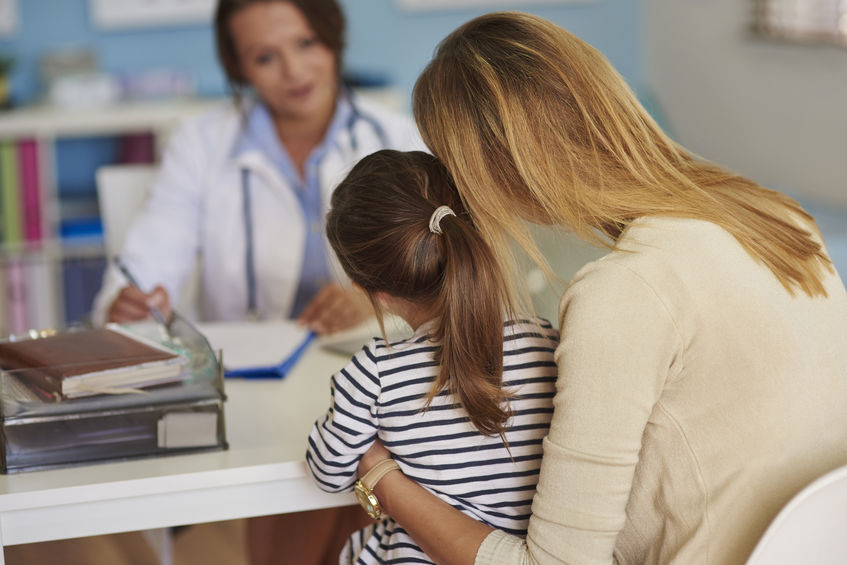
Can scoliosis be cured? No, it cannot
Many have asked “Can scoliosis be cured?”. The answer is flat out “No”. Scoliosis is a chronic condition which a child is born with or develops as they get older. The objective of a parent is to prevent the progression and correct the curvature of the spine before the child fully develops. Once the bone makeup is complete, the window of correction closes, and surgery begins to come into consideration. Even with the most advanced scoliosis therapies, no one is saying that the scoliosis will go away. What scoliosis therapists look to accomplish is that one can live a normal life with no pain, no back deformity, and still have scoliosis. In fact, three million scoliosis cases are diagnosed each year, and many will go about their daily lives with no treatment at all. Any type of therapies, both invasive and noninvasive will help individuals better manage their scoliosis.
The brutal misconception of scoliosis surgery and it is cost
In severe cases such as congenital scoliosis and neuromuscular scoliosis, very often doctors have no choice other than surgery. This is the correct procedure, to help the child’s bones and organs develop properly. However, in a case of mild idiopathic scoliosis, when surgery is elected, it is often done as a quick fix. Western medicine has made great strides in cultivating the most sophisticated medical treatments, but often they are more inclined to operate if it can help the patient. Take an eighteen-year-old college freshman who had a flareup due to scoliosis and they wish to get back to their sports program as soon as possible. Chances are that they will elect scoliosis surgery over therapy. In most cases scoliosis surgery will fix only the lateral curve not the rotational curve.
A 2019 case study,in The American Academy of Orthopedic Surgeons states that physiotherapy scoliosis-specific exercises (PSSE’s) are just as effective as surgery. The challenge is to educate our “quick fix” mentality about a non-invasive approach to treating scoliosis. More often than not, one scoliosis surgery can lead to the next and does not always correct the problem depending on its severity. According to the ISASS, from 2006 through 2009, the average cost of a scoliosis surgery was $140,286. Ten years later, with the cost of healthcare on the rise, one can only speculate how much is the cost of a scoliosis surgery.
Emotional aspects of adolescents managing scoliosis
Besides for the complexity of having a child diagnosed with scoliosis, there is an emotional aspect as well. There are emotional issues of girls and boys who deal with scoliosis on a daily basis, like when going to a pool party, as they will be reluctant to take off their tee shirt to avoid the embarrassment of their peers seeing a shoulder deformity. It is important for parents and teachers to be sensitive to the emotional needs of a child as they go through this period of their life. Even with the Rigo-Cheneau brace, there is always a concern as to what their friends may think, when they find out that they are wearing a brace. If your teenager is having some difficulty or even getting upset with having to wear a brace for 23 hours a day, sit them down and explain the long-term benefits. Hear them out and listen to their concerns and fears. You will be surprised by what just plain-old listening can accomplish.
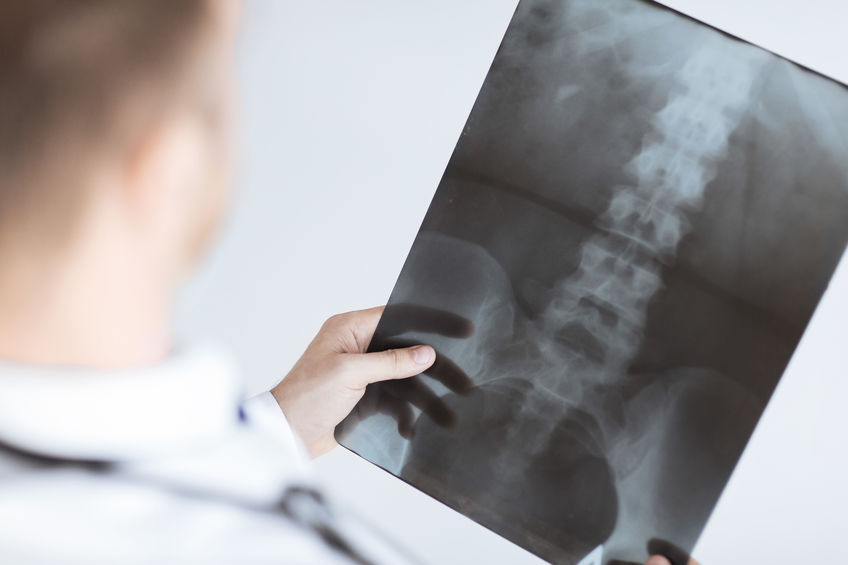
Final Words
Having a child diagnosed with scoliosis can be quite challenging. Should you treat or should you not? These are all great questions. But it would be in you and your child’s best interest if you are under the guidance of a scoliosis specialist. All it takes is an appointment. No ones telling you to treat, but it is recommended to be seen. The objective is to catch the scoliosis before the child fully develops. Once we are at the point of no return, the treatment options become less. What you want is clarity and the best for your child in managing their scoliosis. No, it won’t go away, but they will be able to go on with their life without anyone knowing that they have scoliosis, and this is really important to a teenage girl and boy.



